Description
LT / HT New Connection Electricity supply –
For a New Electricity Supply Connection under LT (Low Tension) or HT (High Tension), the process and steps involved will depend on your specific requirements and the utility provider in your region. Here’s an outline of the general process:

1. LT (Low Tension) New Connection
A Low Tension connection typically involves a voltage up to 1000V. This is usually suitable for residential, small commercial, or small industrial setups.
Process for LT New Connection:
- Application Submission:
- You need to apply to the local electricity distribution company for a new connection.
- This can usually be done online through the utility’s website or by visiting their office.
- Documents Required:
- Proof of Identity: Aadhar card, passport, voter ID, etc.
- Proof of Address: Rent agreement, utility bills, property tax receipt, etc.
- Property Ownership Documents: Land title, sale deed, etc.
- Load Details: Estimate of total load (in kilowatts or kVA) based on the number of appliances, equipment, or devices you plan to use.
- Payment of Fees:
- Pay the necessary application and connection fees. These fees can vary depending on the utility and the load requirement.
- Site Inspection:
- After application submission, the utility company will carry out a site inspection to check the feasibility of the connection and assess safety measures.
- Load Assessment:
- The utility may assess the expected load to determine the type of connection required (single-phase or three-phase).
- Meter Installation:
- Once the site is approved, the utility will install the meter and other infrastructure (wiring, fuse, etc.) at the premises.
- Power Supply:
- After everything is set up, electricity will be connected to your premises.
2. HT (High Tension) New Connection
A High Tension connection refers to an electricity supply with a voltage higher than 1000V and is typically used for industrial or large commercial setups that require significant power.

Process for HT New Connection:
- Application Submission:
- You need to submit an application for the HT connection to the utility provider.
- The application can often be made online, or you may need to visit the utility’s office.
- Documents Required:
- Proof of Identity and Address: For business owners or industrial setups.
- Property Ownership Documents.
- Load Requirement Details: Detailed load assessment will be required, including the type of equipment and machinery you will use.
- Electrical Installation Report: A report from a licensed electrical contractor regarding the wiring and installation at the site.
- Payment of Fees:
- There will typically be higher connection fees for HT connections compared to LT due to the increased infrastructure and equipment involved.
- Site Survey and Load Assessment:
- An engineer from the utility provider will visit the site to assess the location’s power requirements, conduct load analysis, and determine the need for a transformer or additional infrastructure.
- Transformer Installation:
- For HT connections, a transformer might be required if the power load is high. The utility provider will assess and decide on this installation.
- Metering System:
- A special metering system will be installed for high-voltage connections, which can handle the higher power consumption and provide detailed readings for billing.
- Line Extension (if required):
- If the existing distribution network does not have the required capacity, the utility may need to extend the lines or upgrade the existing infrastructure.
- Power Supply:
- Once the installation is complete and all equipment is checked, the power supply is activated.
Key Differences Between LT and HT Connections:

- Voltage Range:
- LT: Typically up to 1000V (usually 230V for single-phase and 400V for three-phase).
- HT: Voltage is above 1000V, ranging from 11kV to 66kV or higher.
- Applications:
- LT: Used for residential, small commercial, and small industrial establishments.
- HT: Used for large-scale industrial operations, commercial complexes, or high-demand industrial units.
- Cost and Time:
- HT connections are more expensive and time-consuming due to the infrastructure required (transformers, special metering, etc.).
- For a New Connection Panel Service, Transformer Service, and Cable Laying Service, these typically involve specialized electrical works for setting up, maintaining, or upgrading the power supply system for both LT (Low Tension) and HT (High Tension) connections. Here’s an overview of these services and what they entail:
1. New Connection Panel Service

- Design and Specification:
- For a new electricity connection, the electrical panel design needs to be tailored based on the load requirement, the number of circuits, and the type of power supply (single-phase or three-phase).
- The panel should include necessary components such as circuit breakers, switches, meters, and protection devices (e.g., RCCBs, MCBs).
2. Transformer Service
Transformers are used to step up or step down voltage levels in the power distribution system, especially in HT connections, or to supply power to multiple loads in an industrial or large-scale setting.
- Design and Specification:
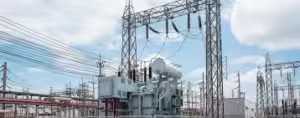
3. Cable Laying Service
Cable laying is a critical service for the physical distribution of power from the grid to the premises, including laying both HT and LT cables.





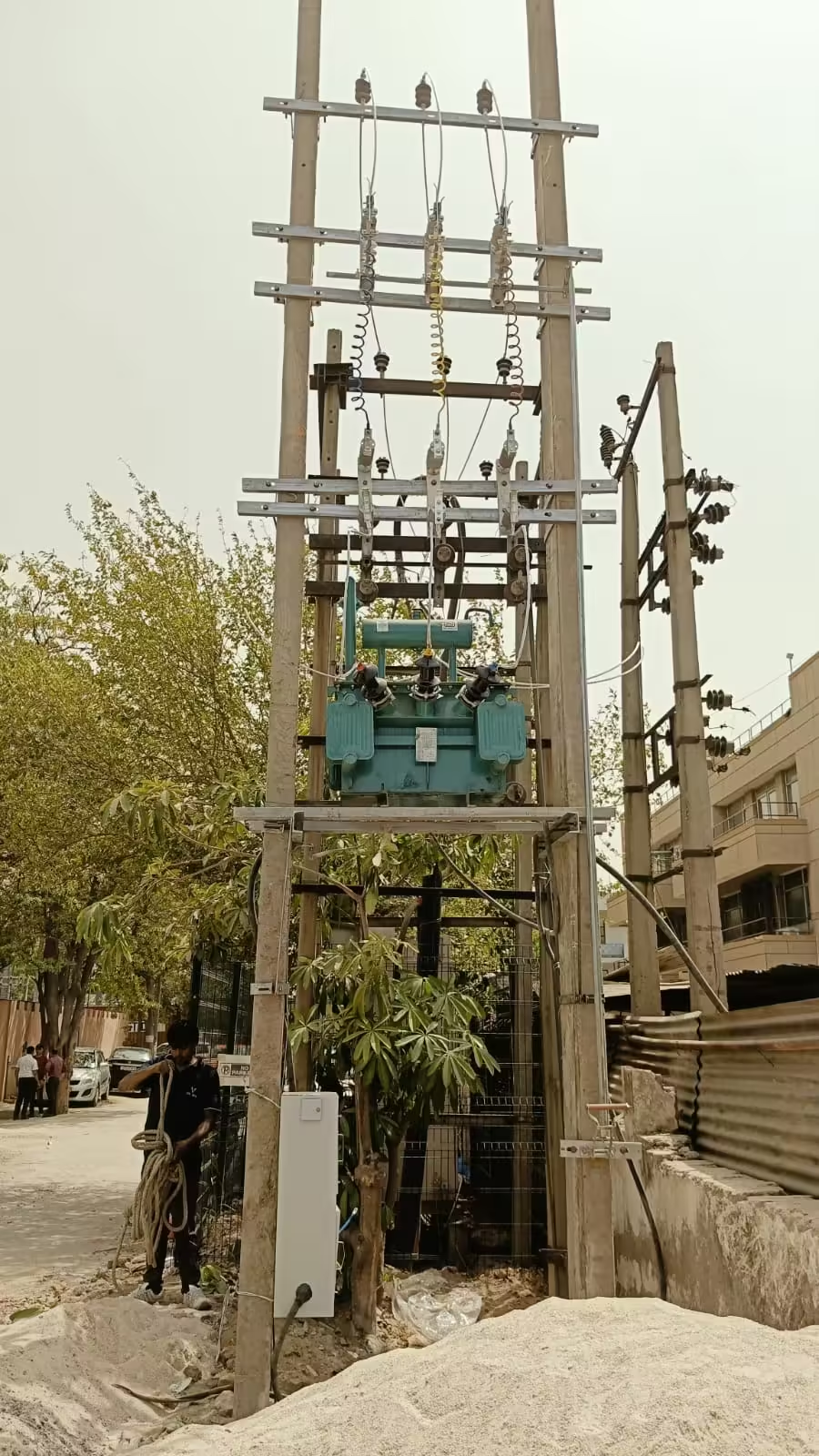
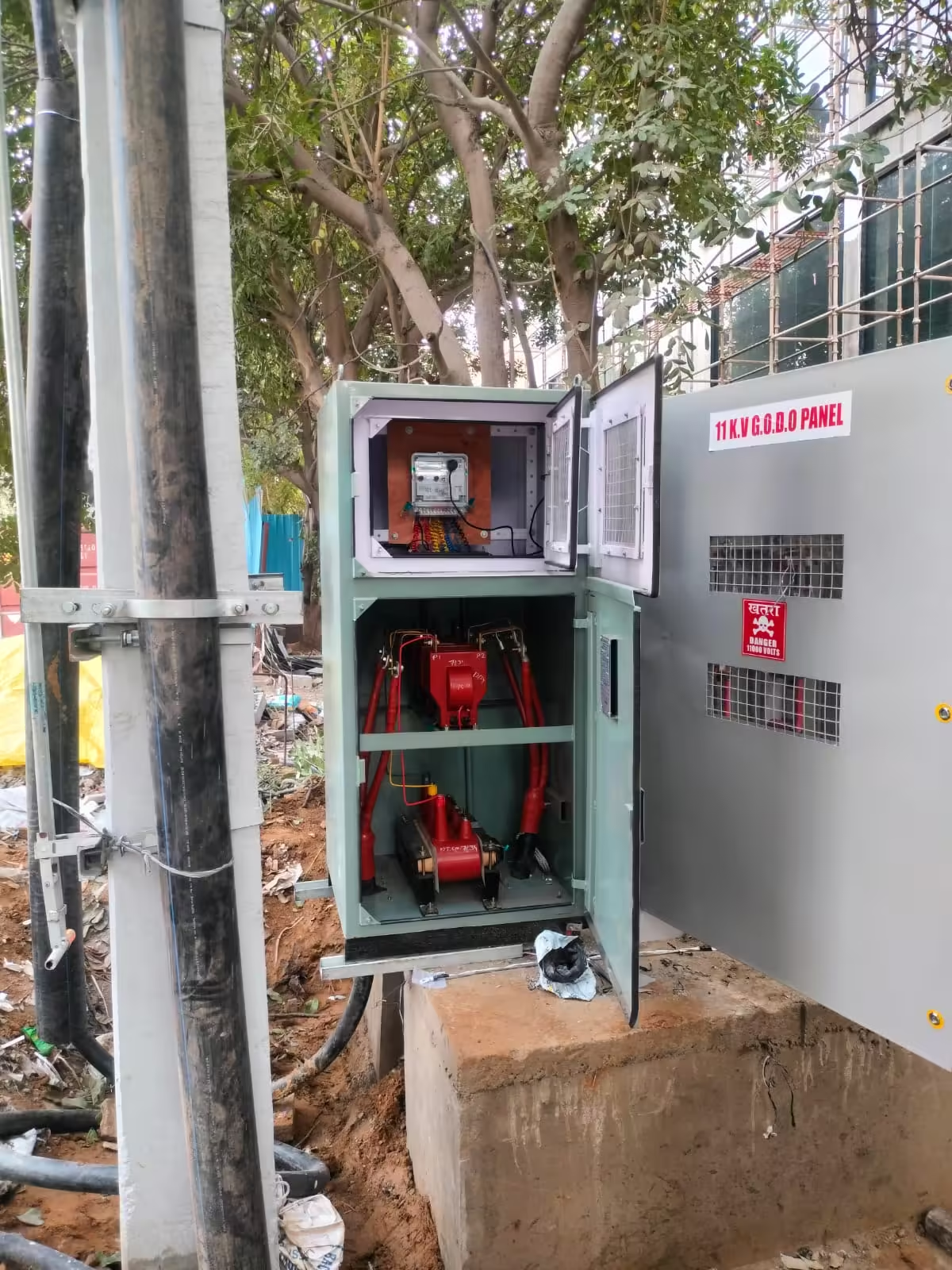
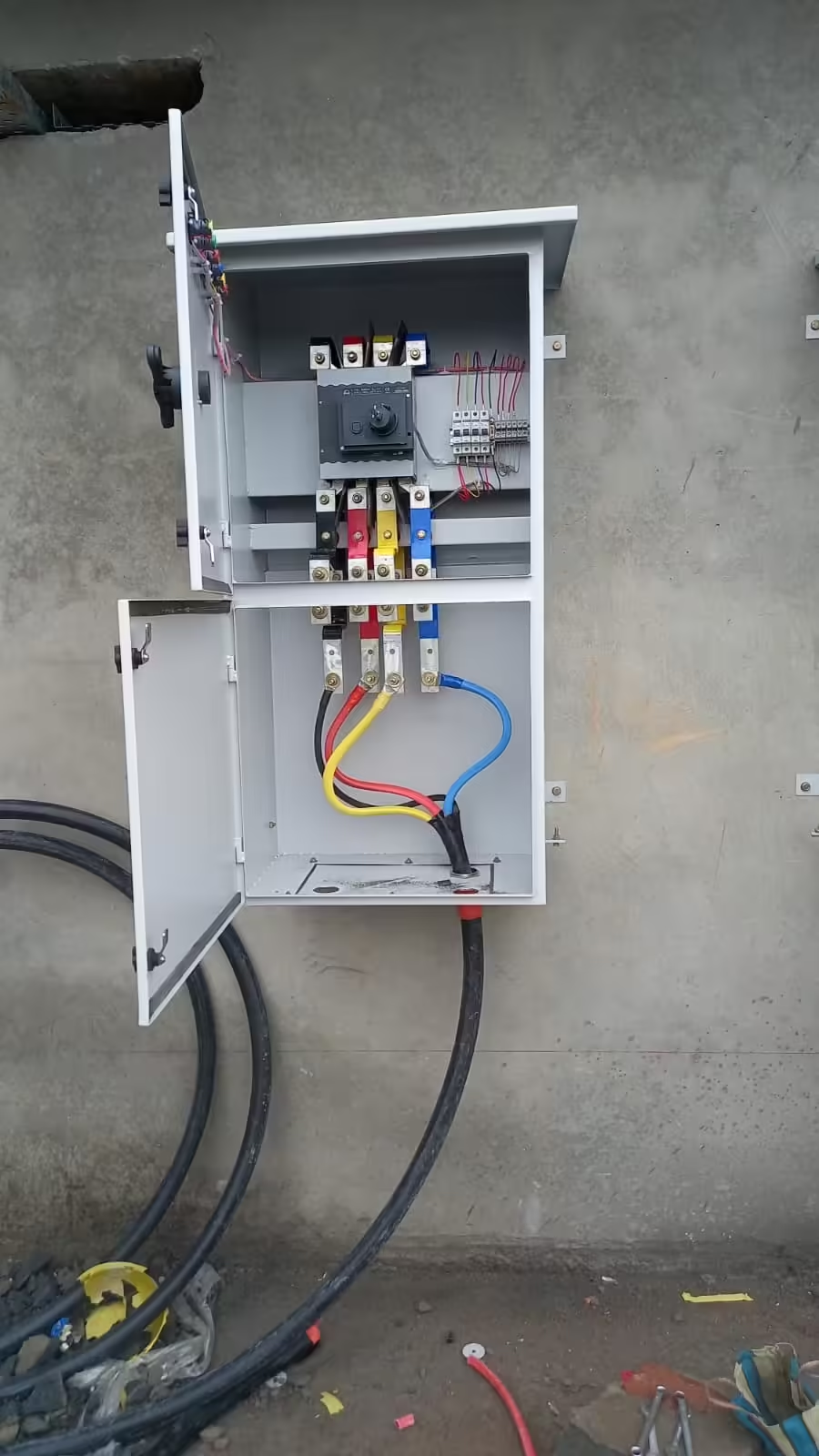
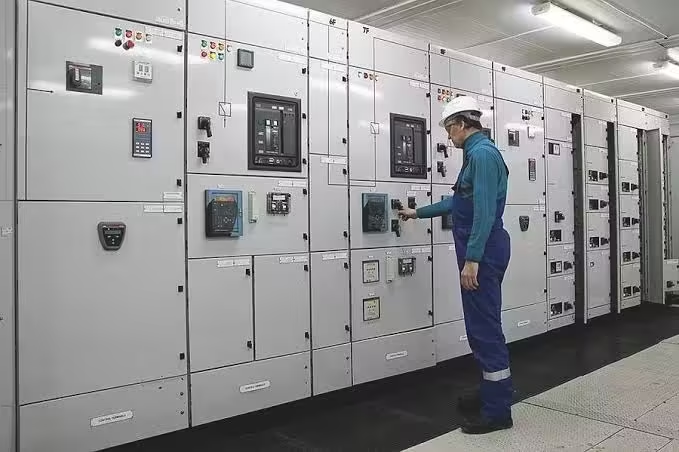
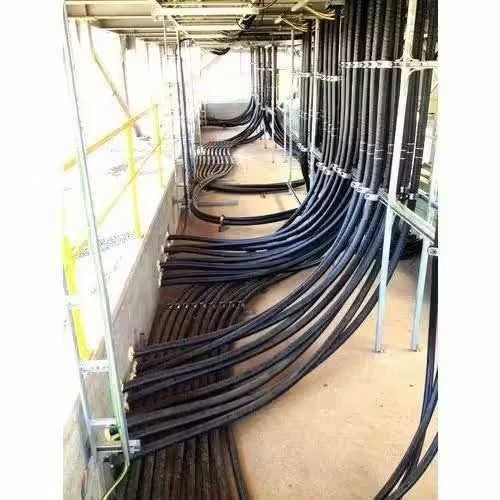
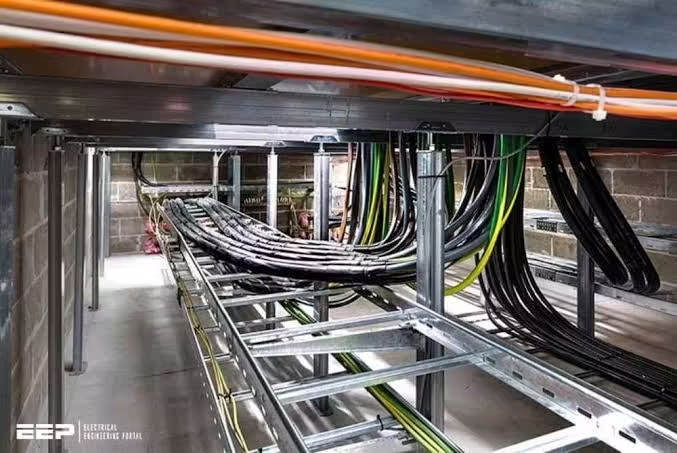
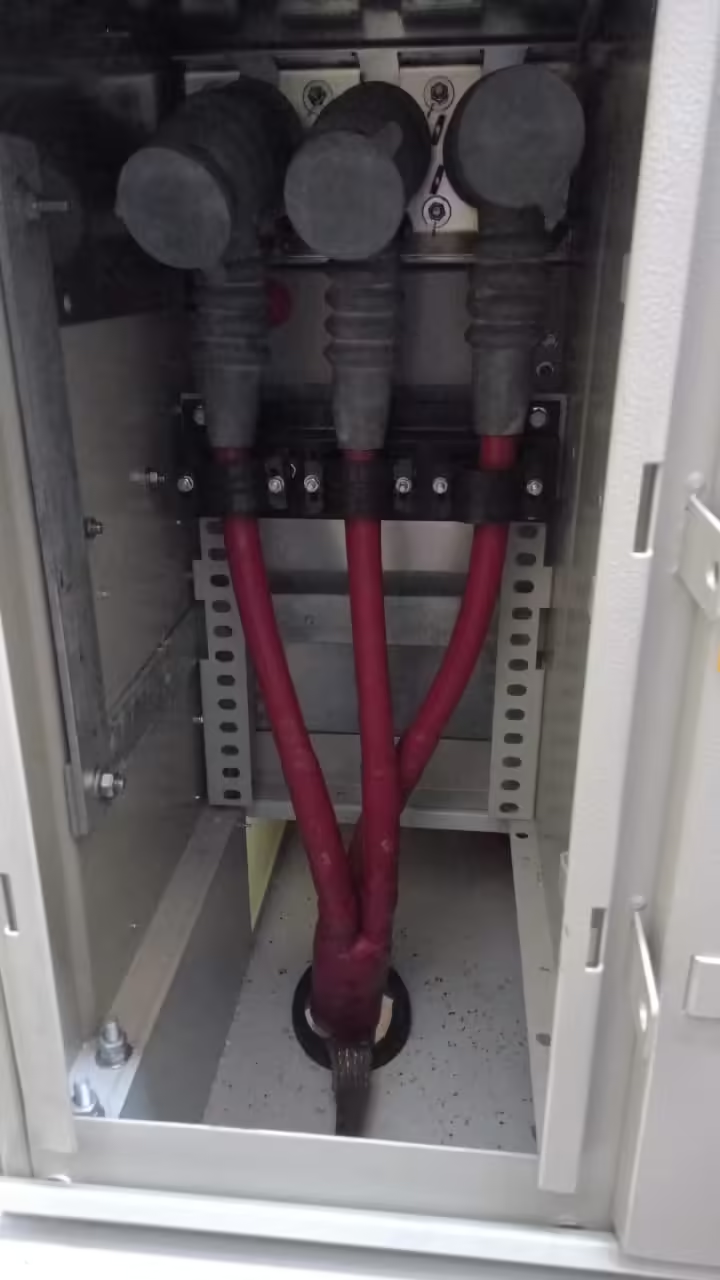
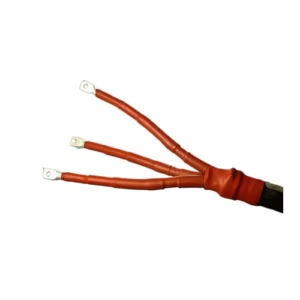

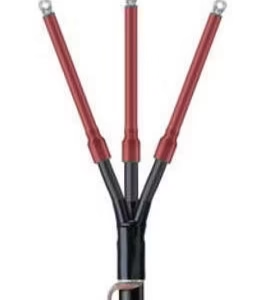

Matthew (verified owner) –
Good quality.
Daniel (verified owner) –
Very fast delivery.
Kayden (verified owner) –
Very well worth the money.
Nathaniel (verified owner) –
Good quality.
Ryan (verified owner) –
Good service.
Paul (verified owner) –
Good service.
Samuel (verified owner) –
Very fast delivery.
Zohar (verified owner) –
Very well worth the money.